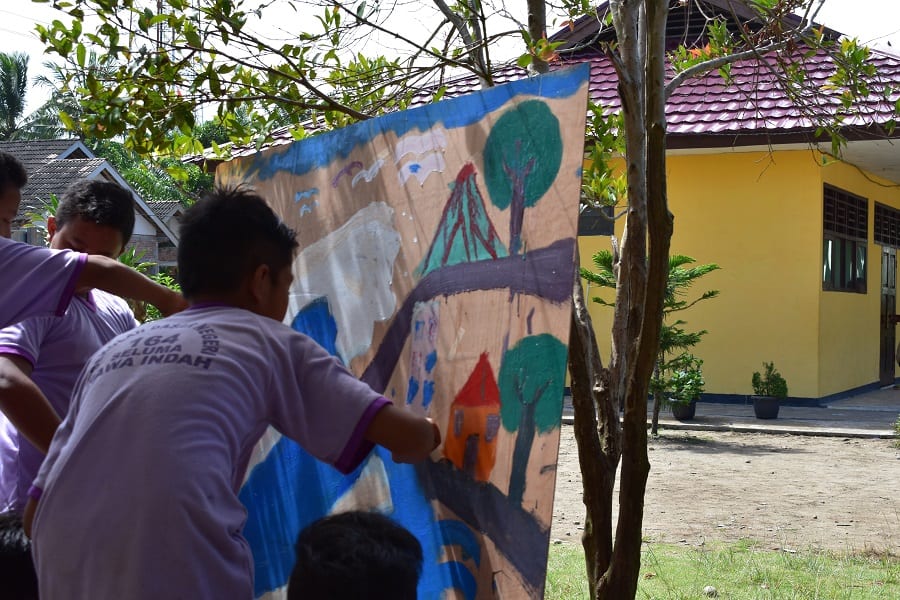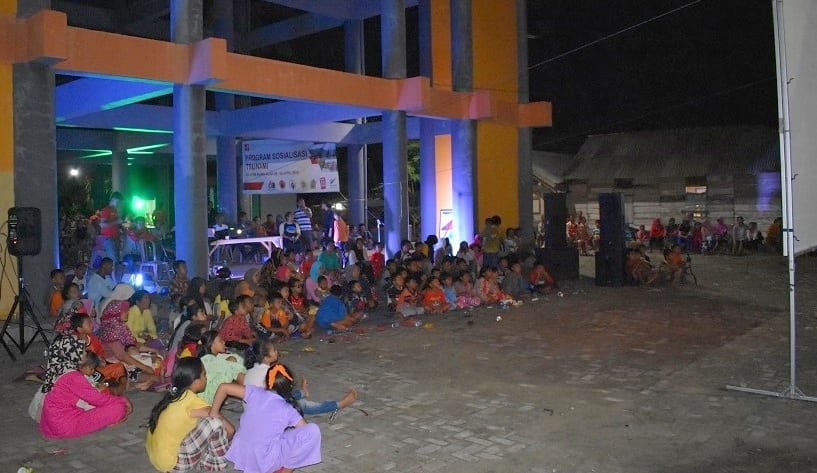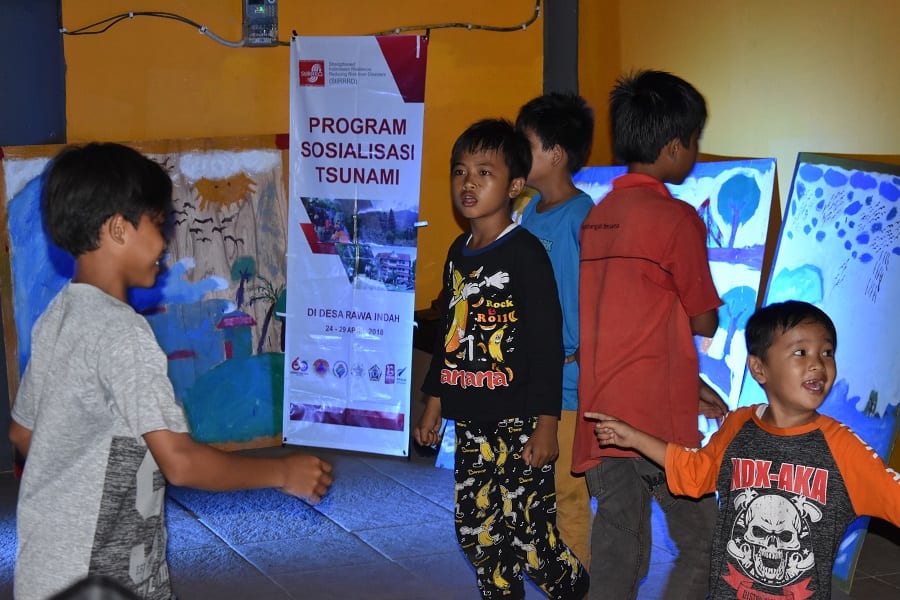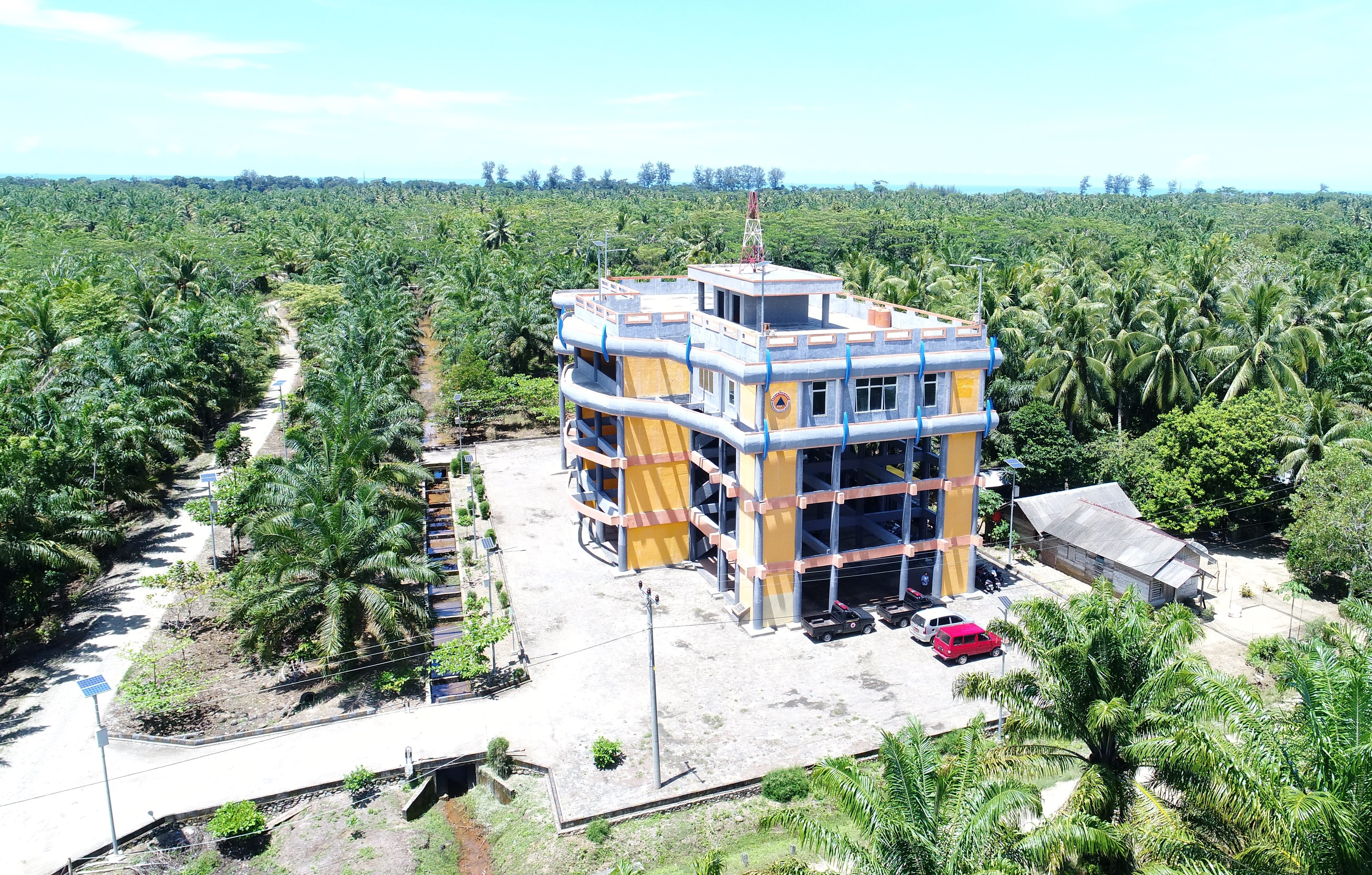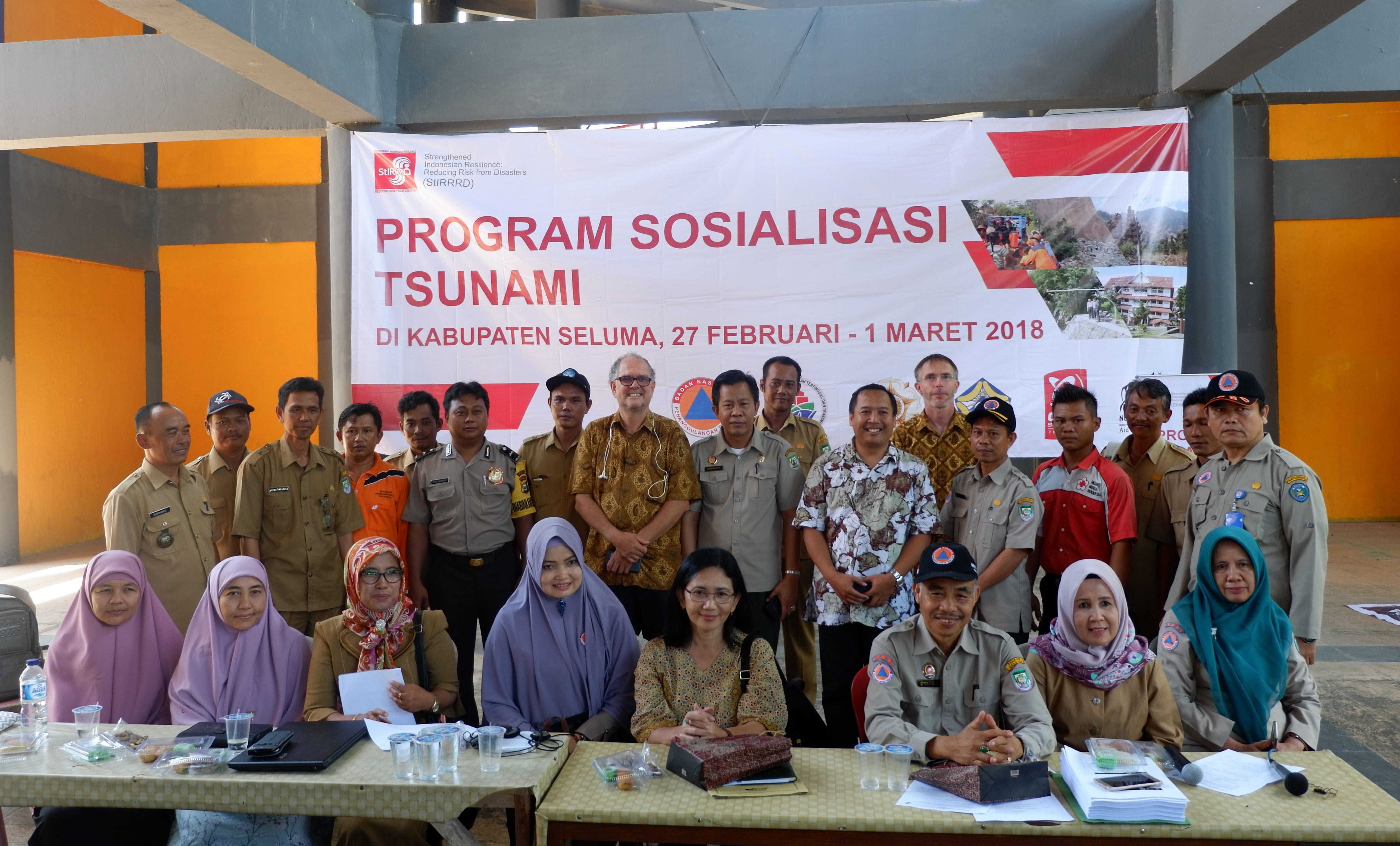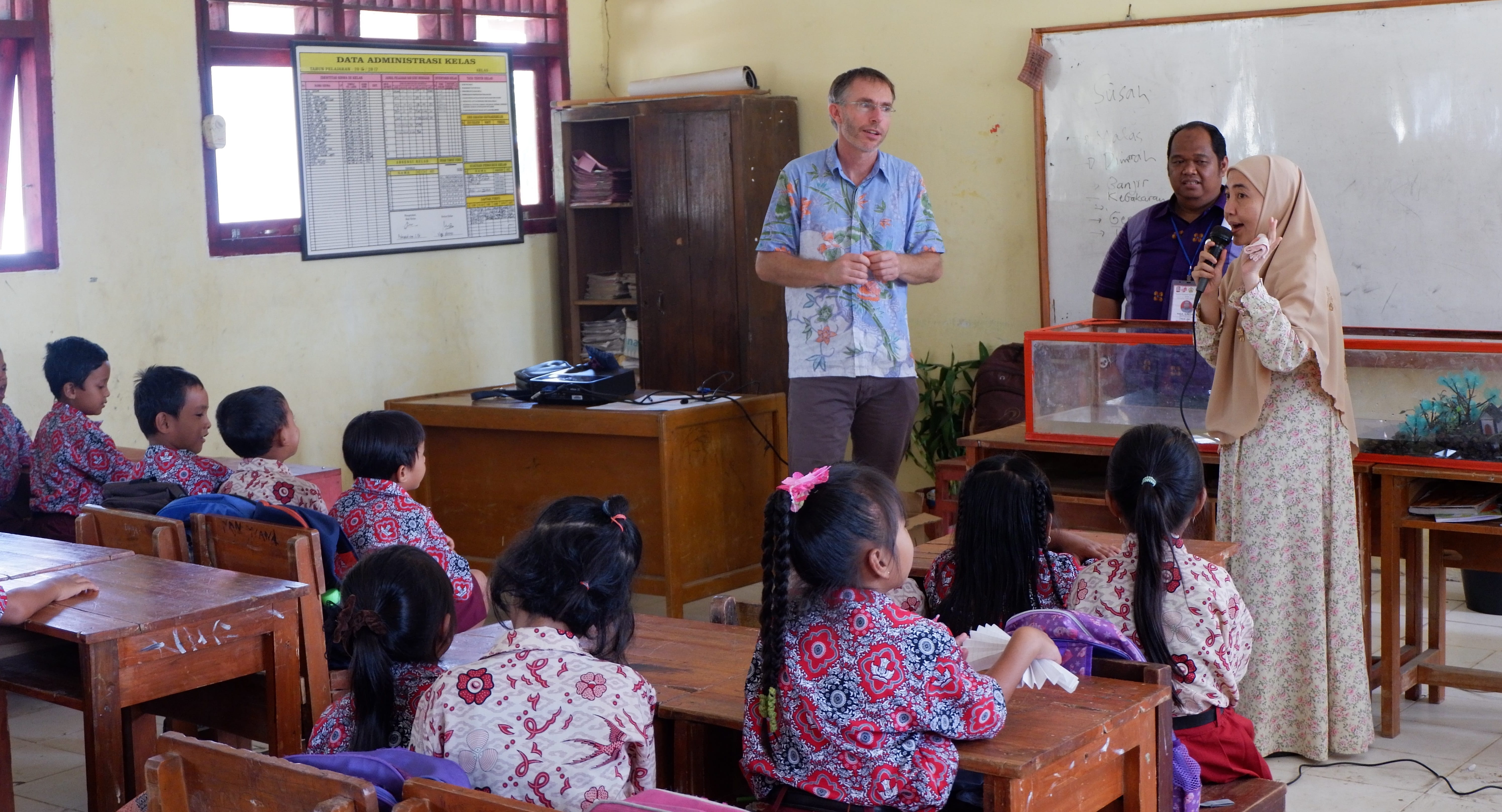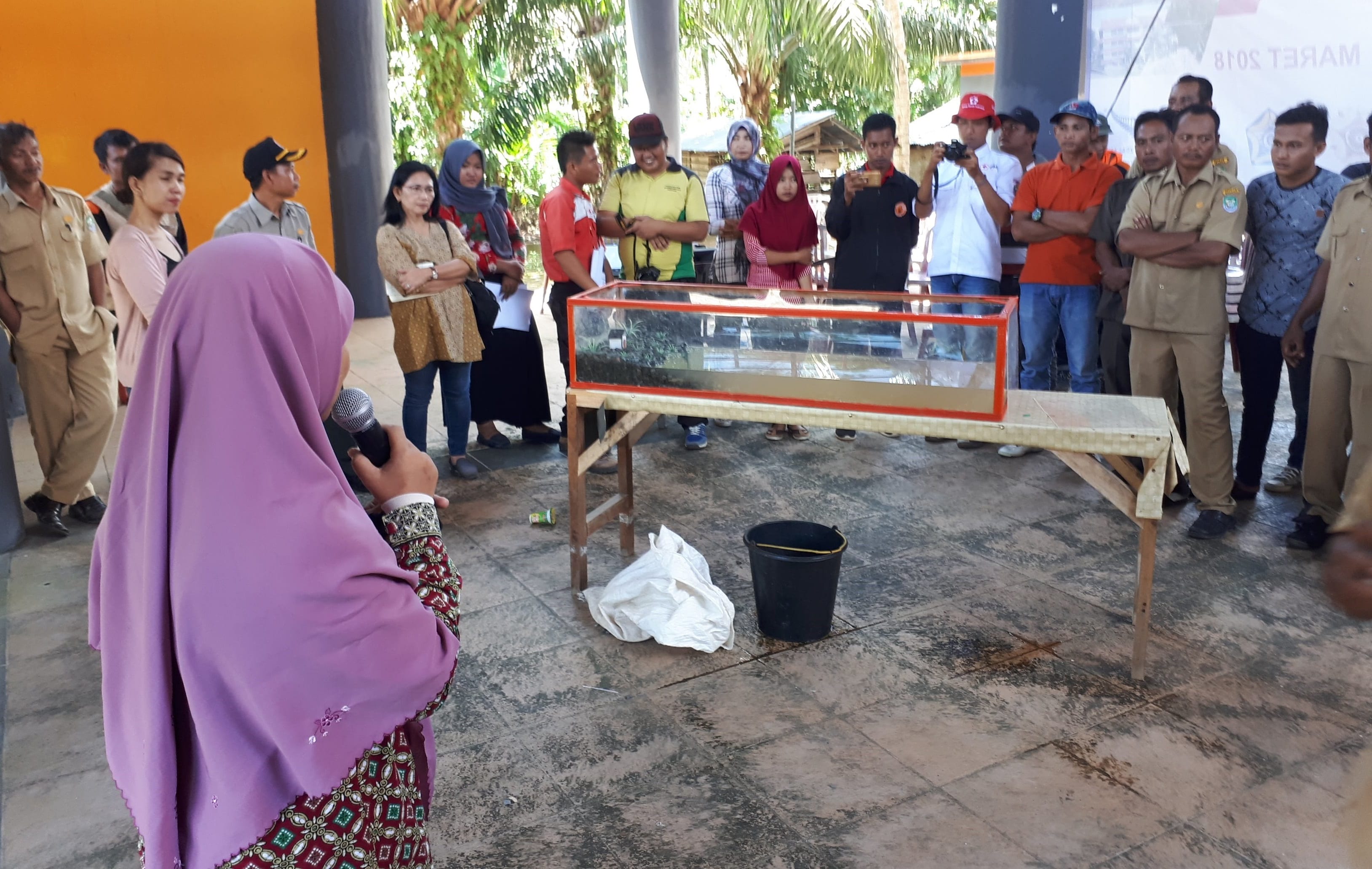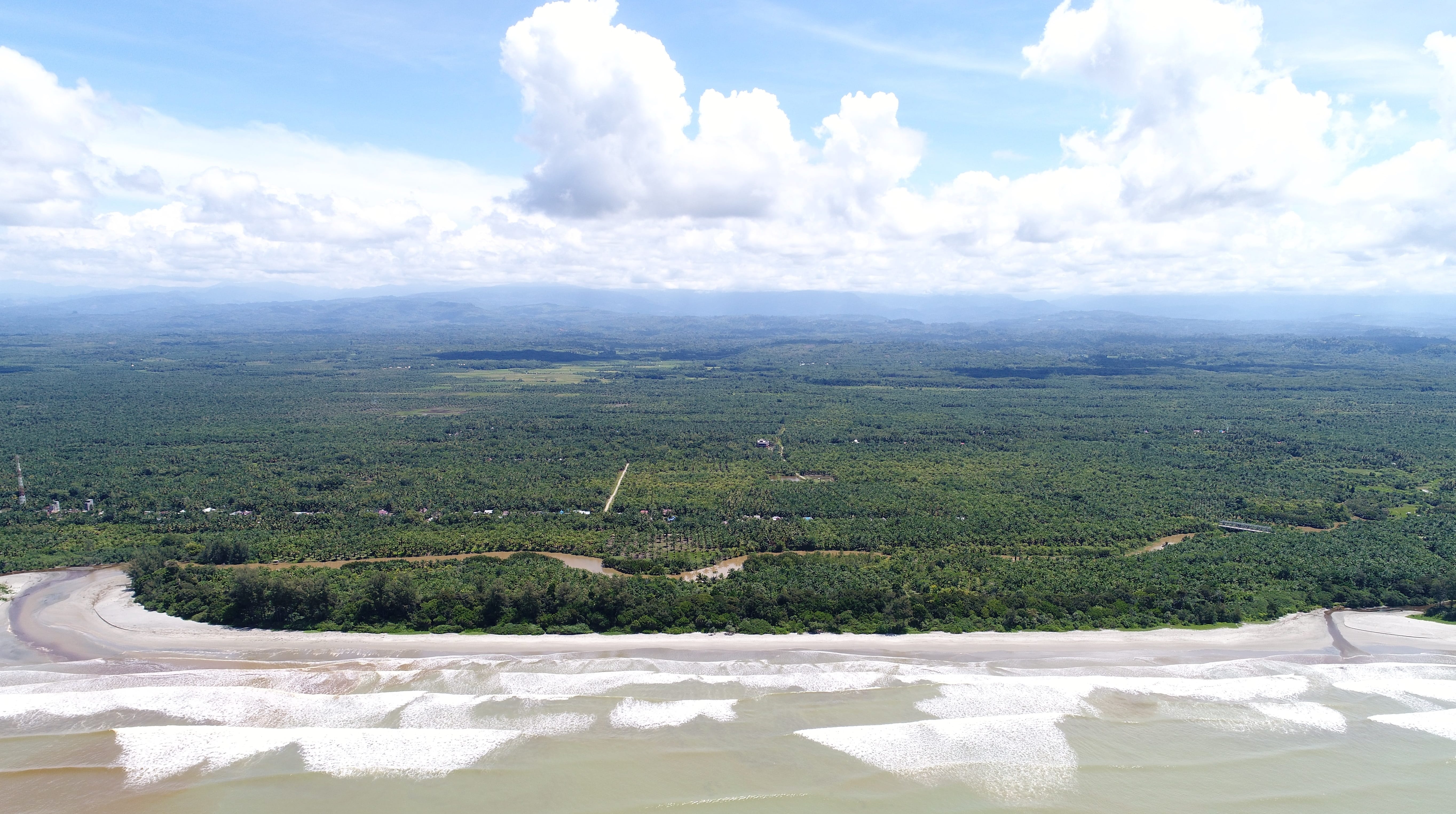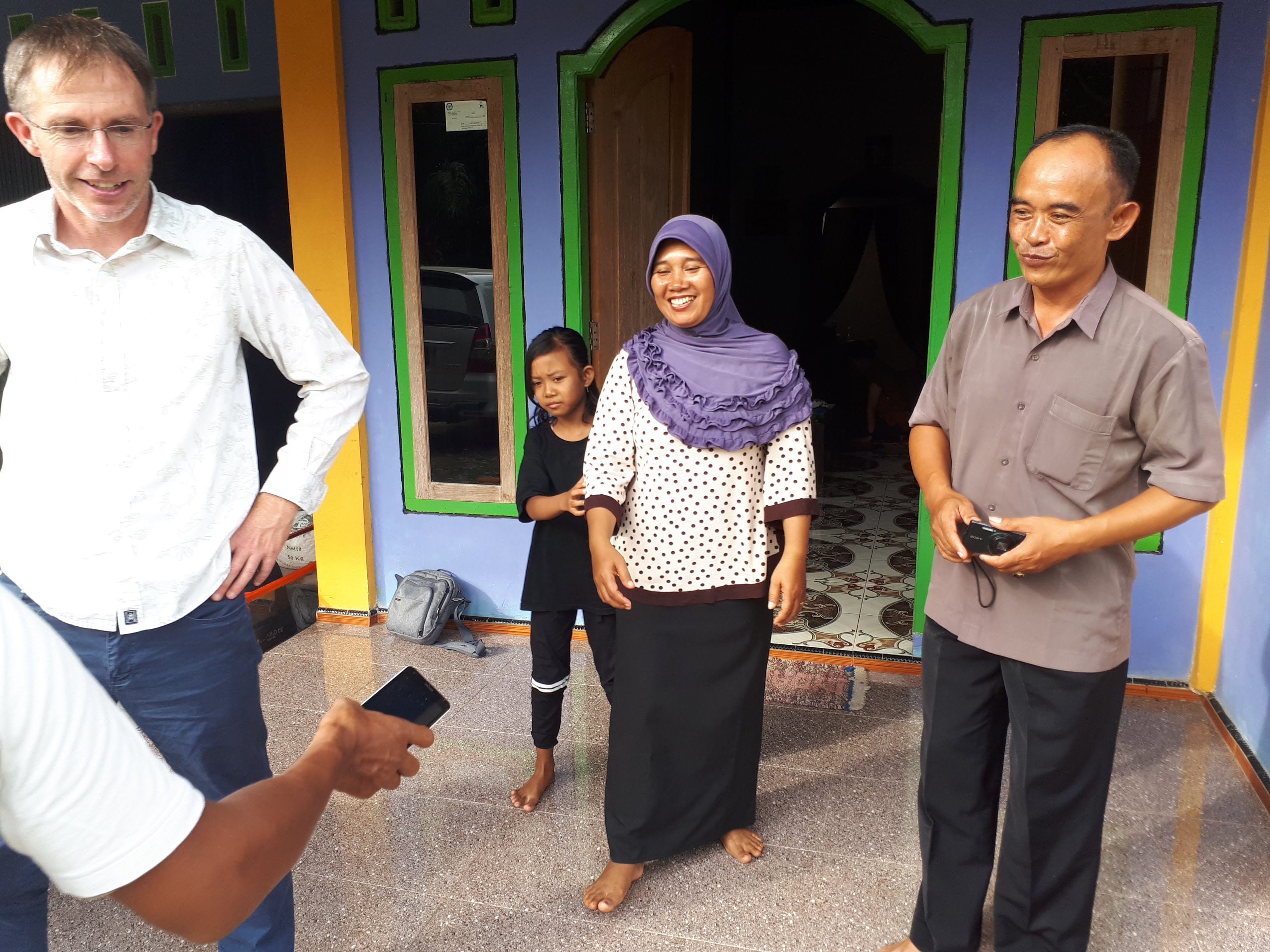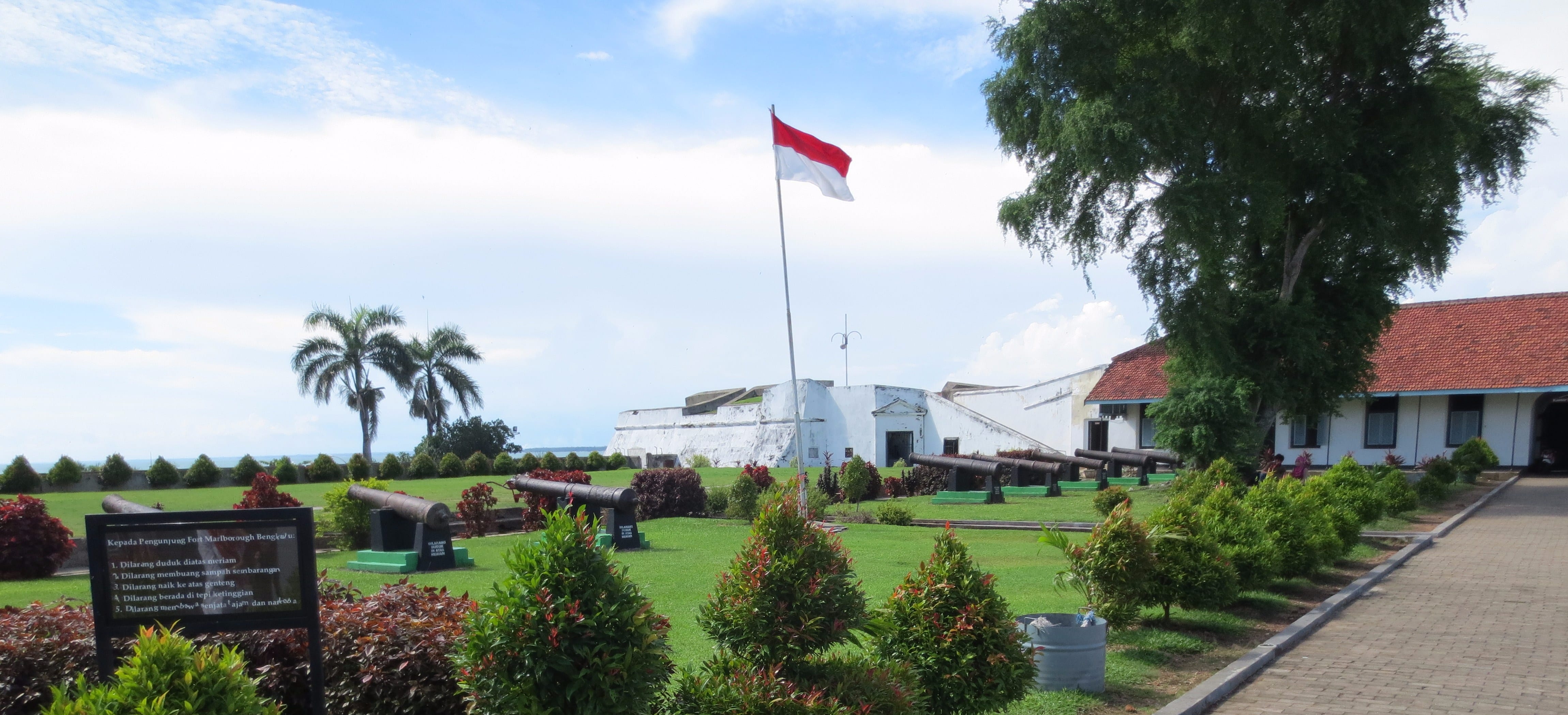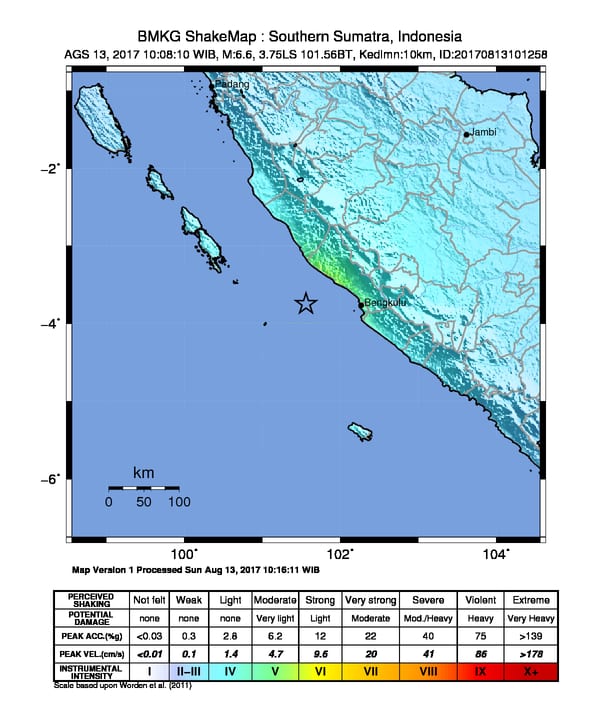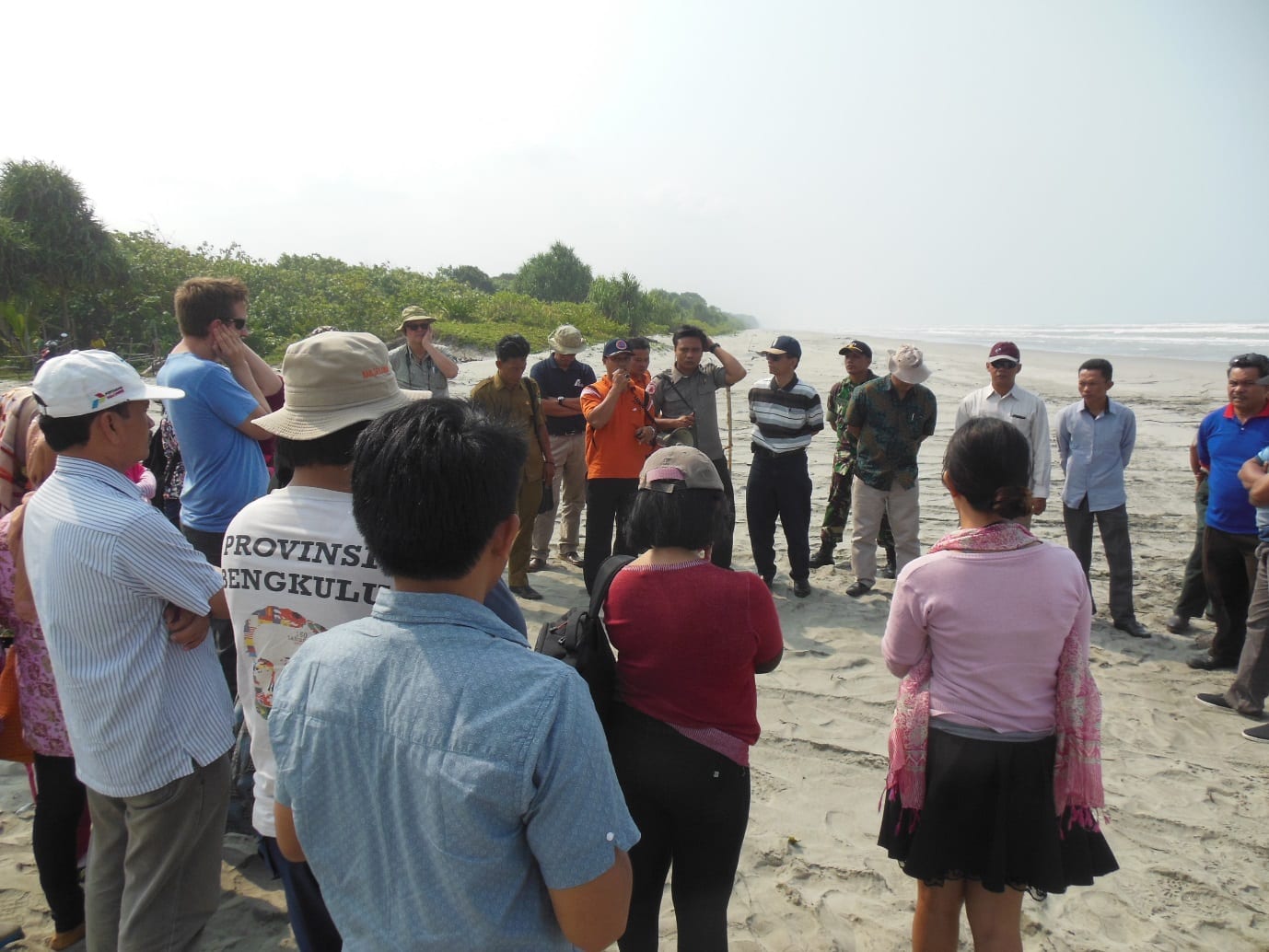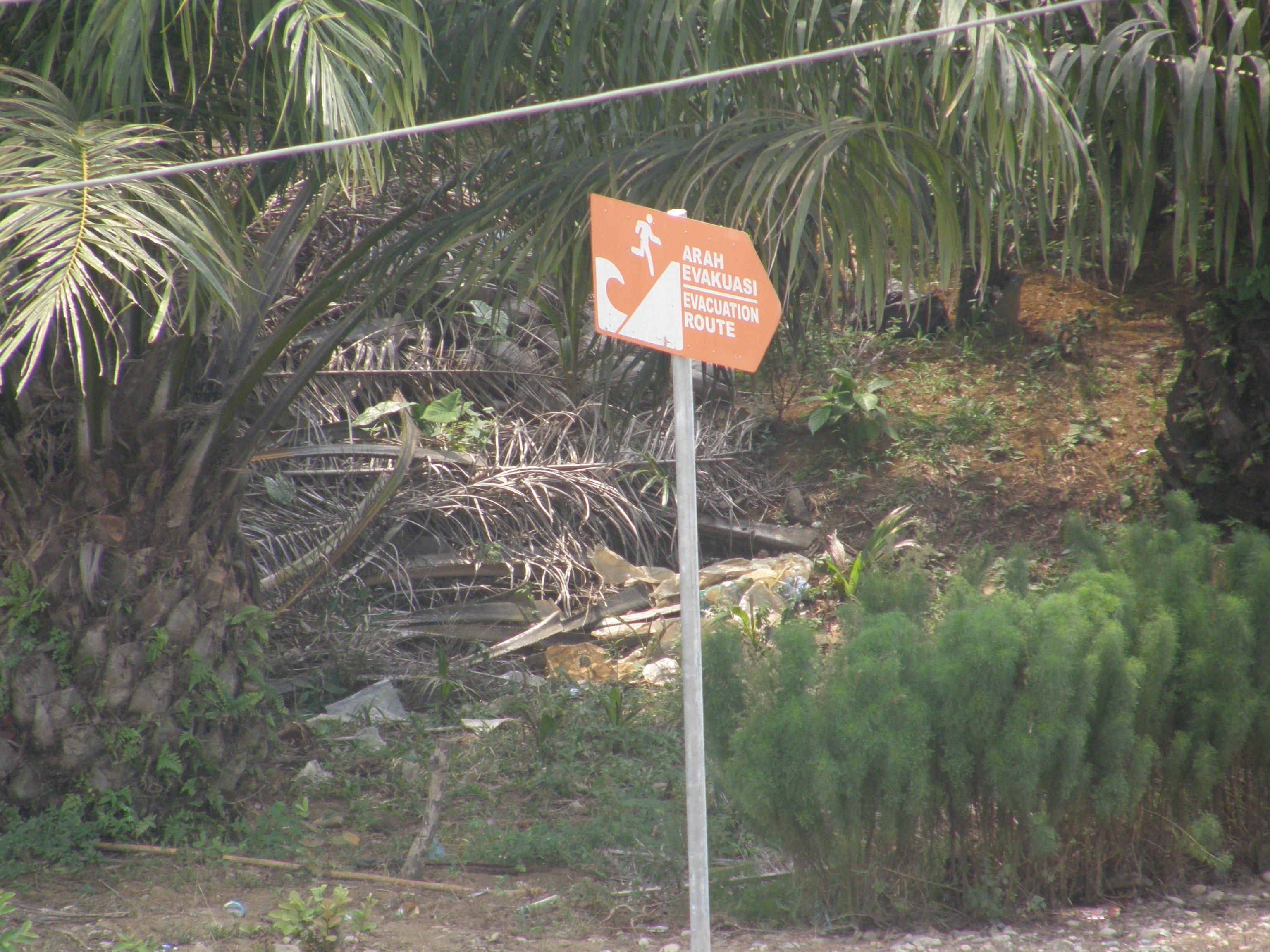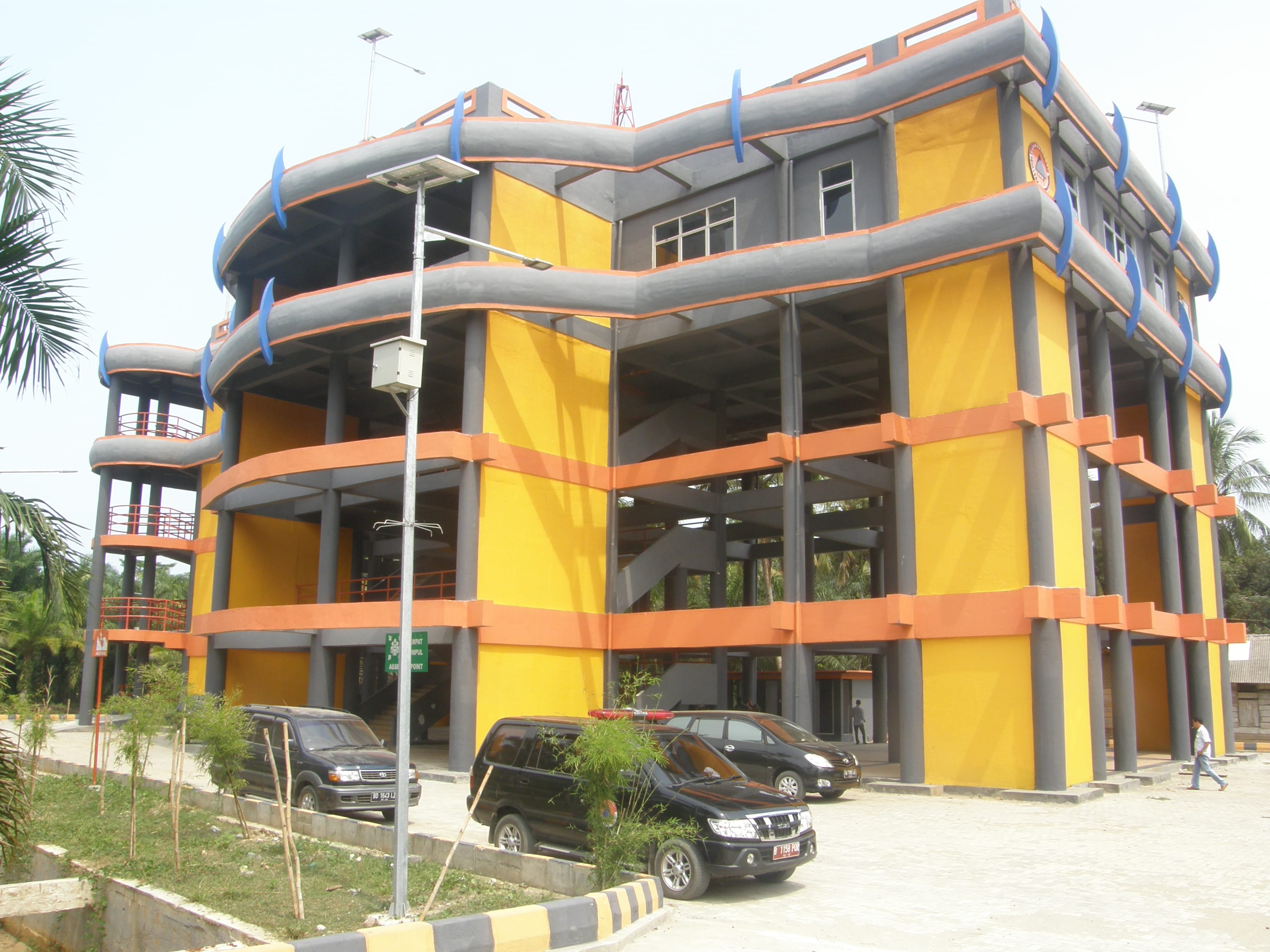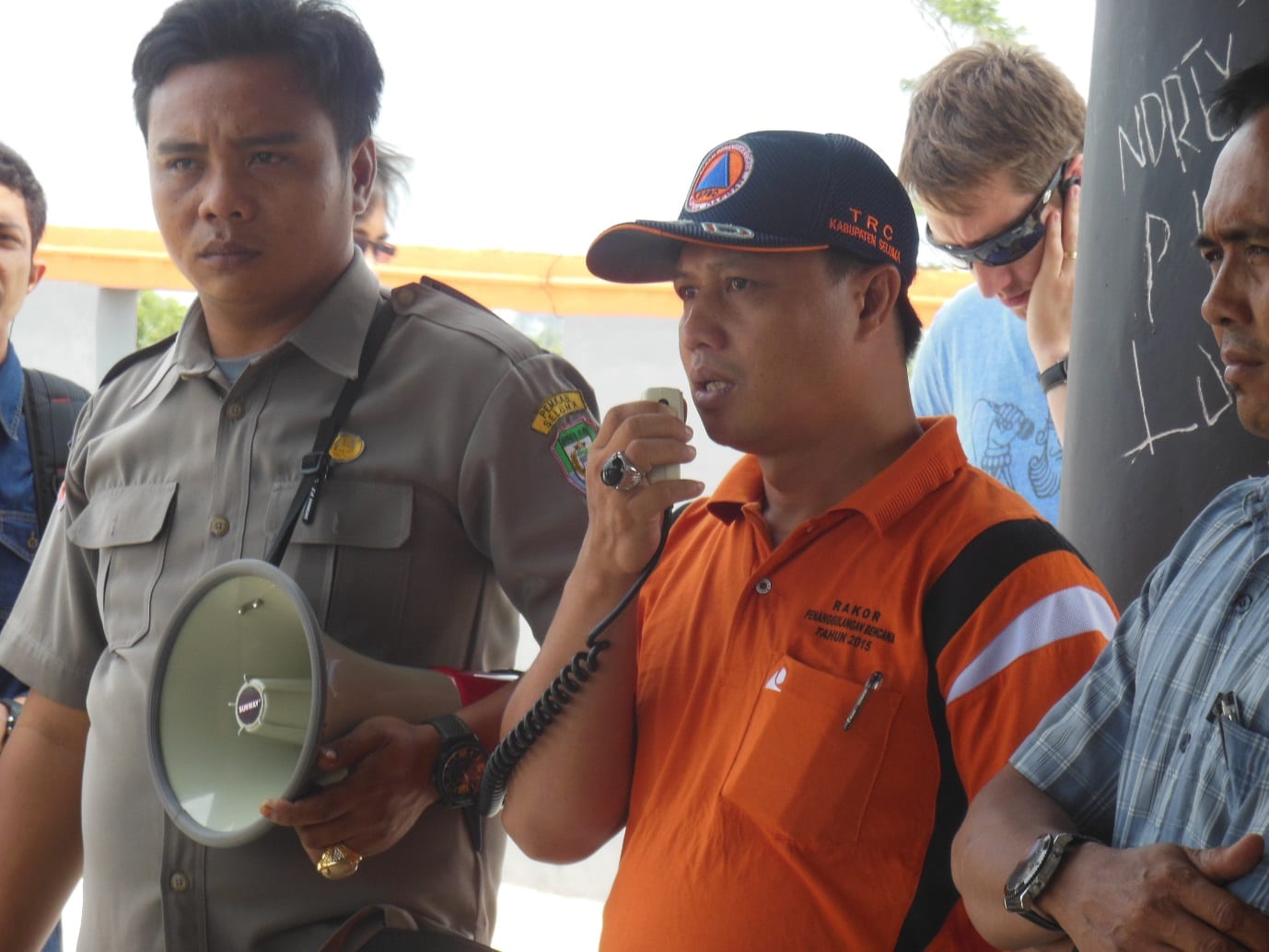Written by Michael Goldsmith & Jessica Williams
Sometimes our work for StIRRRD throws up unexpected opportunities to support the communities we work with – not just in our normal resilience projects, either. The story of Rawa Indah school shows what can happen when scientists and communities work together – with a little fundraising help from our friends.
During our three visits to Rawa Indah in Seluma this year, the StIRRRD team noticed the local school needed more than a bit of help. (You can read more about our visits to the village here (http://stirrrd.wg.ugm.ac.id/2018/03/05/initiating-tsunami-awareness-community-engagement-rawa-indah-seluma/).
The buildings and grounds of Rawa Indah school were in urgent need of rehabilitation. Take the school yard, for example. The School Principal, Laurensius Pambudi, had previously told us this was a priority project for them, as it is the evacuation meeting point for the entire school in the event of an emergency. The yard is not currently suitable for this purpose, as it is dusty and pitted in the dry season, and becomes very muddy during the rainy season.
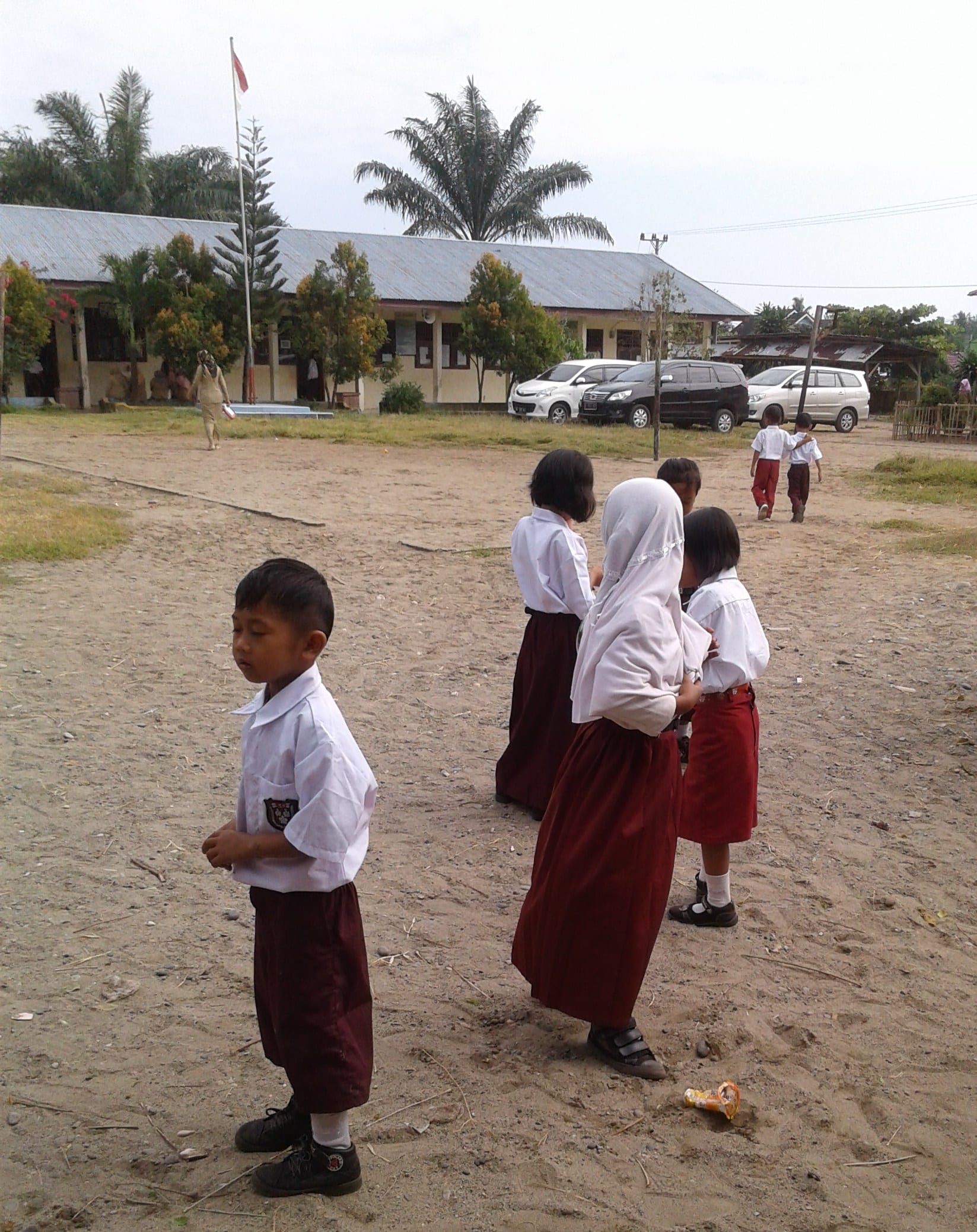

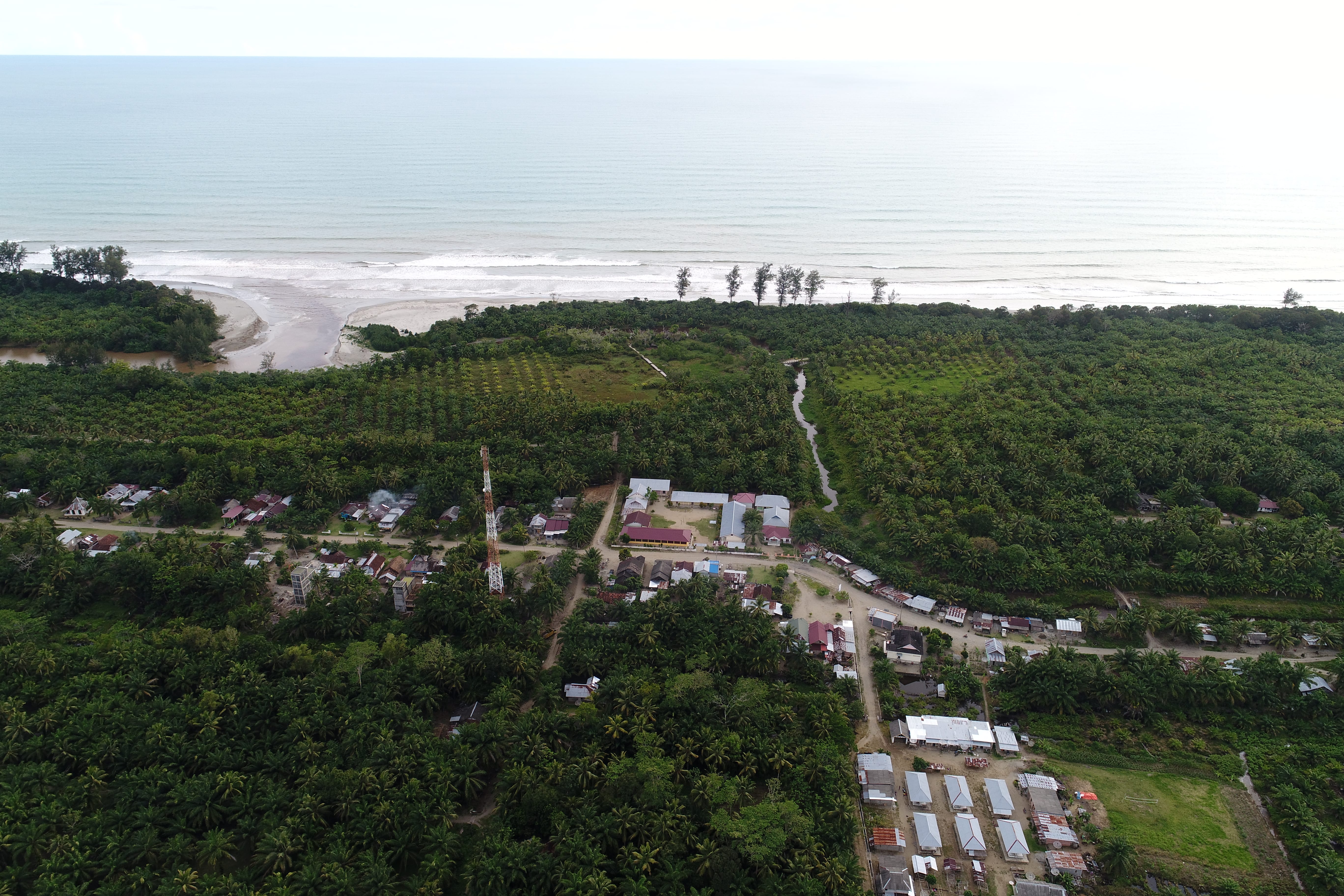
Back home in NZ, one of the StIRRRD team members was asked to present to Balclutha Rotary Club about StIRRRD, particularly about the DRR work being undertaken in Seluma. Following this presentation, Rotary offered to donate $500 to Rawa Indah School so they could pave the yard.
Balclutha Rotary supports both local and international projects, particularly in developing nations. In the past they’ve supplied emergency response kits and supported an expert dental and educational support group to work in Cambodia. Rotary member Gabrielle Schou said that the project fitted well with Rotary’s core values, and supporting projects aligned to Rotary’s six areas of focus (includes basic education and child health) is very important.
The StIRRRD team were more than happy to facilitate this donation, and we will continue to look for other opportunities which can help Rawa Indah become more resilient. We made some great friendships within the village through this project, and look forward to seeing their progress in coming years.
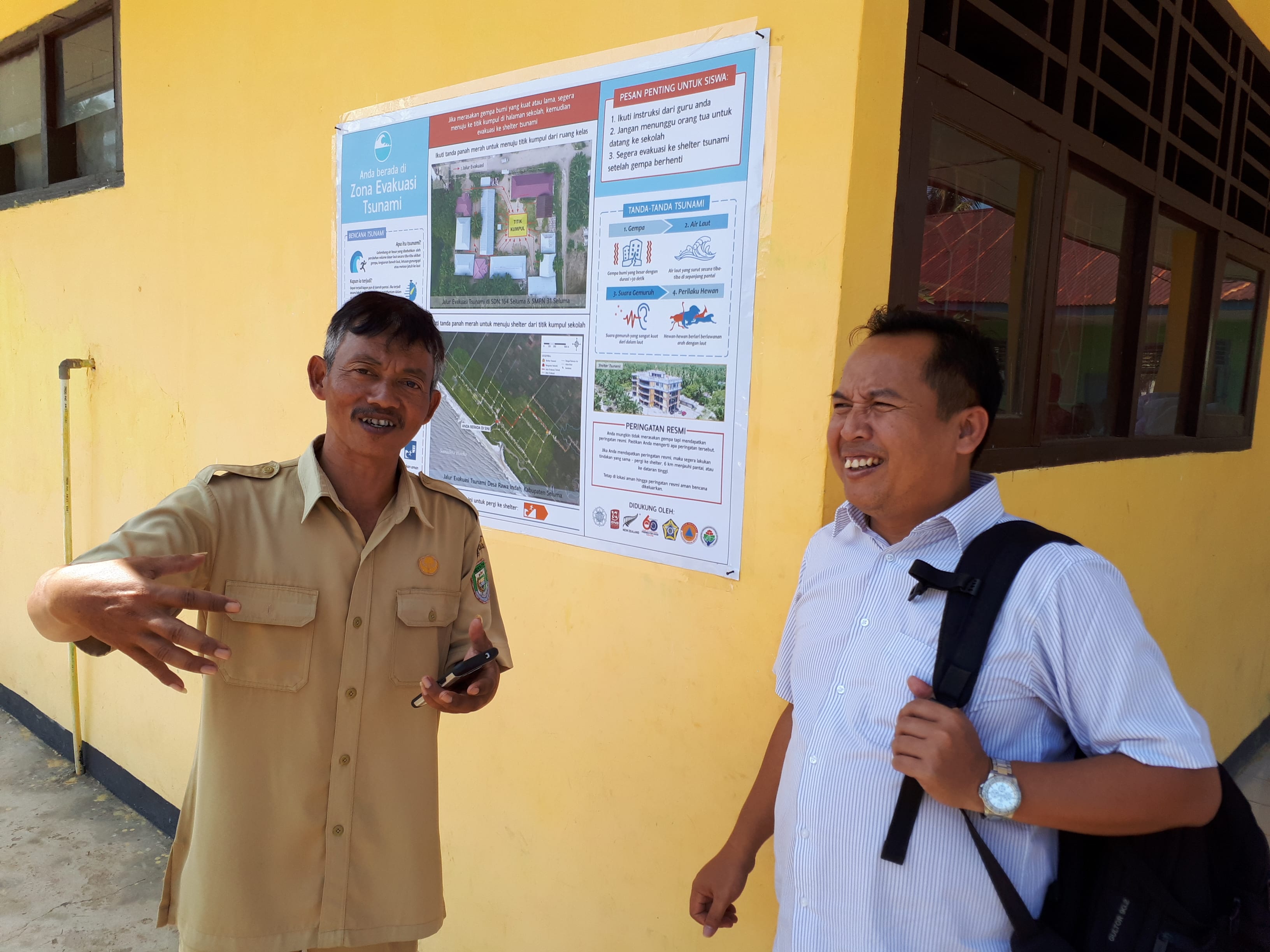


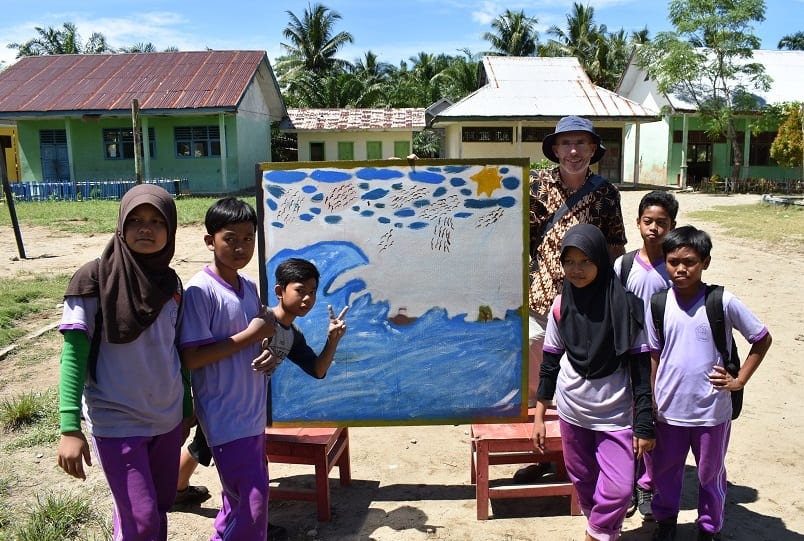
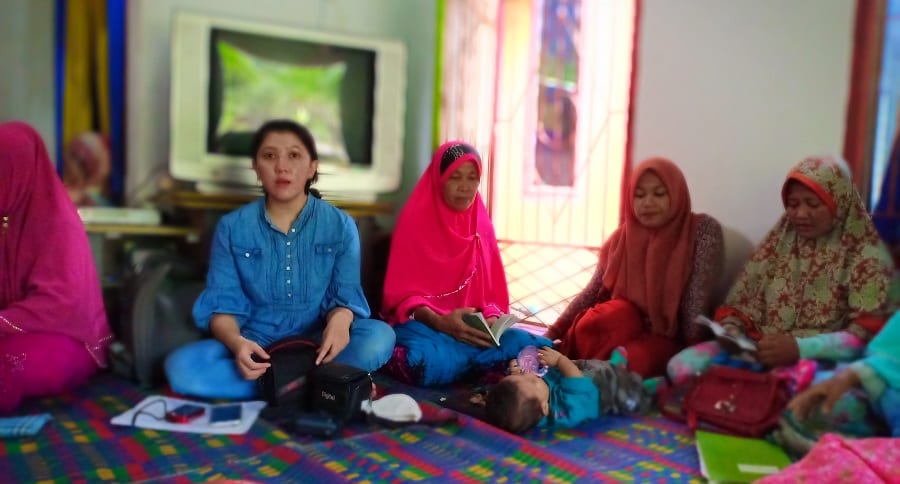
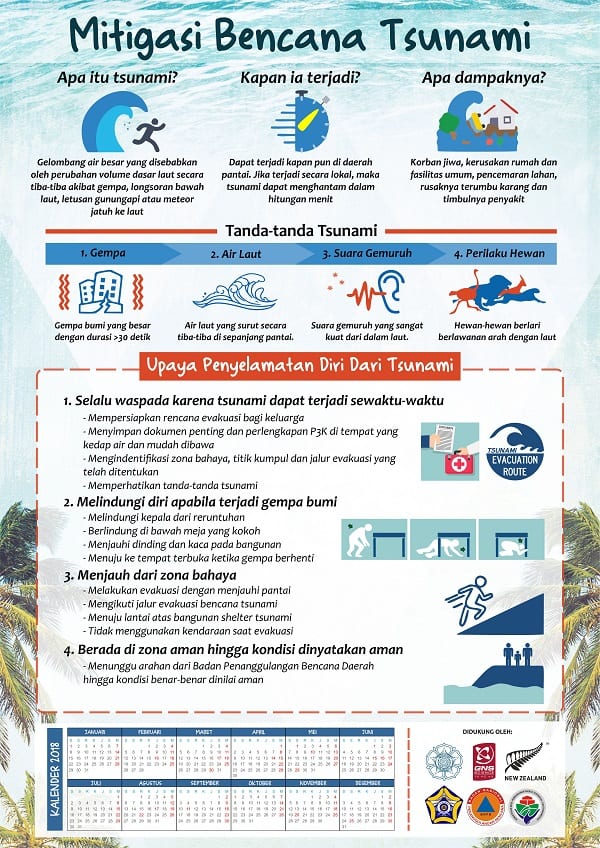 Distributed tsunami awareness and response posters/calendars developed by the team to each household and gifted
Distributed tsunami awareness and response posters/calendars developed by the team to each household and gifted 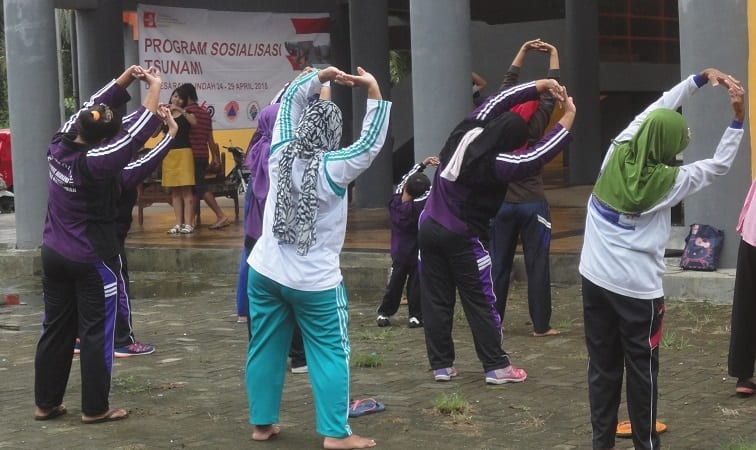
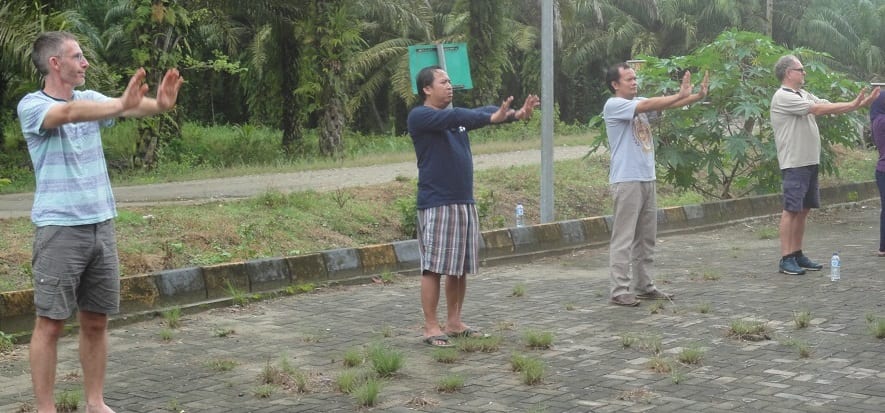
 Participated in an evacuation simulation with children in years 4-6 from the local school and then spent some time at the shelter discussing tsunami and disaster preparedness.
Participated in an evacuation simulation with children in years 4-6 from the local school and then spent some time at the shelter discussing tsunami and disaster preparedness.